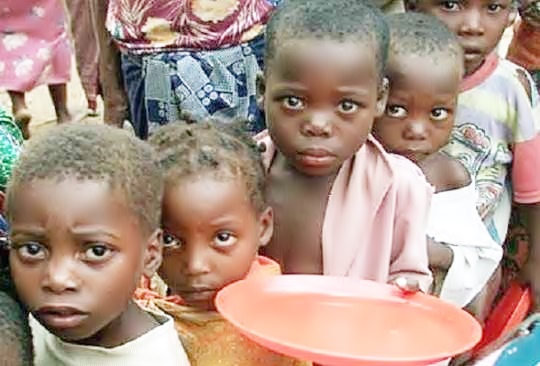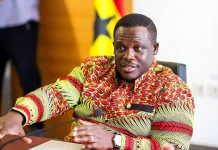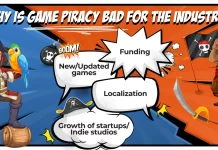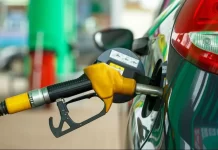
The World Bank’s fund for the poorest, International Development Association (IDA), was created over 50 years ago to meet an urgent need—to make sure the world’s most vulnerable have a real chance at a decent life. A lot has happened since then.
With IDA’s help, hundreds of millions of people have escaped the vicious cycle of abject poverty—through the creation of jobs, access to clean water, food security, schools, roads, electricity. In fact, for the first time ever, researchers found last year that the number of people living in absolute poverty—less than $1.25 day—dropped in every region of the world, from 1.9 billion in 1990 to 1.3 billion in 2008.
IDA has worked relentlessly with poor countries to fight poverty in often very challenging circumstances. In Africa, which receives half of IDA’s interest-free loans and grants, IDA helped put over 15 million children in school in the last decade, protect citizens against malaria with 33 million mosquito nets, and provide six million people with access to safe drinking water. While we have made good, even remarkable progress, on reducing poverty, the number of poor people living on less than $1.25 a day is still unacceptable.
The growing number of extreme climate-related events and other natural disasters—from the 2010 earthquake in Haiti to massive tsunami in Japan, shows that no one is immune to disaster. Conflict, financial crises, unemployment, and hunger—which often respect no borders—further complicate matters.
Yet in the face of such adversity, some question the very role of development assistance and the relevance of multilateral agencies whose mission it is to end poverty. At such a tumultuous time, the global development community finds itself at an important crossroads. The path we take has serious implications for the world we’ll all inhabit in the years to come.
Now is not the time to disengage. It’s time to double-down and make sure we actually deliver on the Millennium Development Goals: giving children and pregnant women a chance at survival, making sure kids get to school and women have the same opportunities as men, protecting the environment, and ultimately, ending poverty.
For the World Bank, donors, borrowers, and civil society, that means making smart choices about using scarce resources for maximum effect, in line with local needs. That means keeping in mind that even when a country reaches a certain income level, there may still be millions of people living in severe poverty, who will still need continued support.
As much as the global economy is subject to constant change, we have to prepare ourselves for even more rapid and profound changes, especially in a development finance landscape where several traditional donor countries are facing fiscal hardships at home.
It is important that we broaden the coalition of potential donors and create new partnerships with emerging market economies around the world. We need to harness their knowledge and experience in lifting people out of poverty.
What will it take to continue to lift more and more people out of poverty? Flexibility, persistence, and continued strong commitment and engagement by all who care.


























